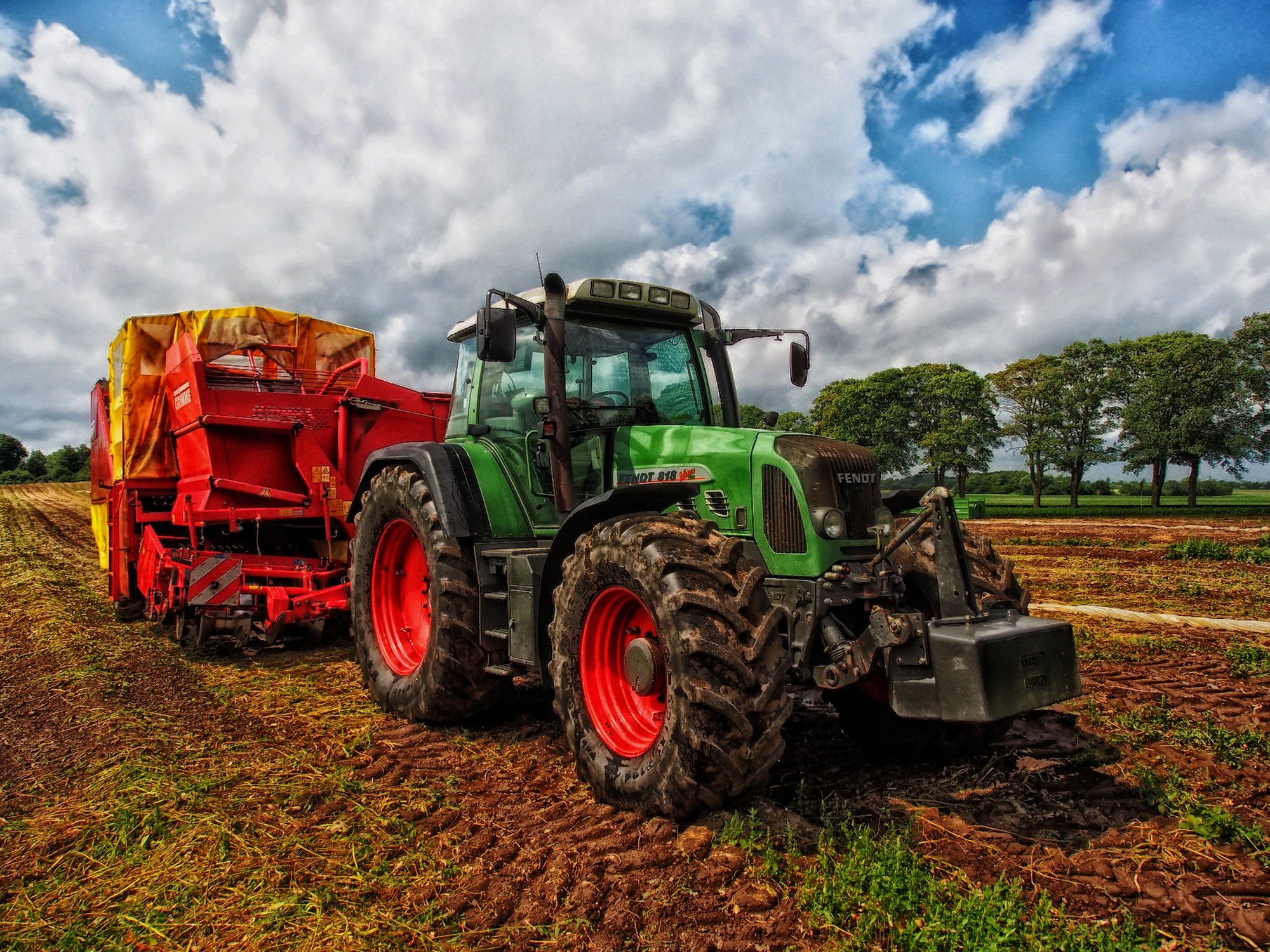As anyone who has been through the process can tell you, the tax code is extremely complex and most definitely not optimized for efficiency. It can take countless hours to read about the various write-offs one is eligible for.
When you own a farm, that process becomes even more complicated. Farms have a certain unique set of tax write-offs, as well as certain unique expenses. The term “farm depreciation” refers to one specific set of tax write-offs.
In this article, we’ll discuss the farm depreciation guide to help you understand how it affects farmers. read on.
What is Depreciation
Depreciation is an important concept for farmers to understand during tax season. It refers to the decrease in value of assets over time due to wear and tear, obsolescence, or other factors. In agriculture, this can include equipment, buildings, and even livestock.
The IRS allows farmers to deduct a portion of the cost of these assets each year, based on their useful life, until they are fully depreciated. This reduces the taxable income for the year, providing a valuable tax benefit for farmers. However, it is crucial for farmers to accurately calculate and document their depreciation to avoid penalties and audits.
What Are Different Methods of Depreciation
As tax season approaches, farmers need to have a clear understanding of the different methods of depreciation for their farm equipment. This is very helpful when it comes to your farm assets. Here are the most common methods of depreciation for farmers.
Straight-line is the simplest method, where the same amount of depreciation is taken each year. Declining balance allows for a larger amount of depreciation in earlier years and less in later years. Sum-of-the-years-digits is a more complex method, where there is a higher depreciation amount in earlier years and a lower amount in later years.
Why Keep a Thorough Record of Asset Purchases and Use
Keeping thorough records of asset purchases and use is crucial in this process. It is important to document all purchases of assets. These include such as equipment or livestock, as well as their use and condition throughout the year.
This allows farmers to accurately calculate the depreciation of these assets. Which can significantly reduce their tax liability.
By ensuring detailed and organized records are kept, farmers can have a smooth and stress-free experience during tax season. This is knowing they have accurately reported their farm’s financial activity.
How to Handle Depreciation
To properly handle depreciation, farmers should start by understanding the different types of assets on their farm. And also how they are categorized for tax purposes. They should also keep accurate records of their assets and their associated costs.
Farmers can then calculate their depreciation deductions using either the straight-line method or the accelerated method. It’s important to consult with a tax professional, which is reliable in helping farmers prepare for tax season.
Understanding Farm Depreciation Guide
In conclusion, understanding farm depreciation is vital for farmers during tax season. Not only does it help in reducing taxable income, but it also provides a better understanding of a farm’s financial standing. Remember to consult a tax professional and keep track of all necessary documentation.
It is also recommended to read the farm depreciation guide to be well informed. Happy tax season and may you have a successful harvest! Don’t wait, start depreciating now and see the benefits for yourself.
If you want to read more articles, visit our blog.




